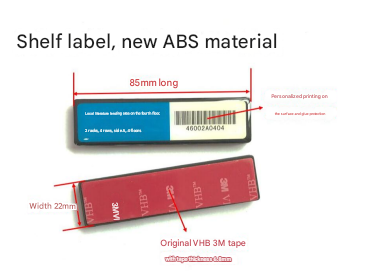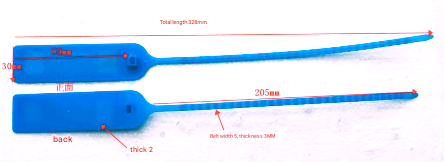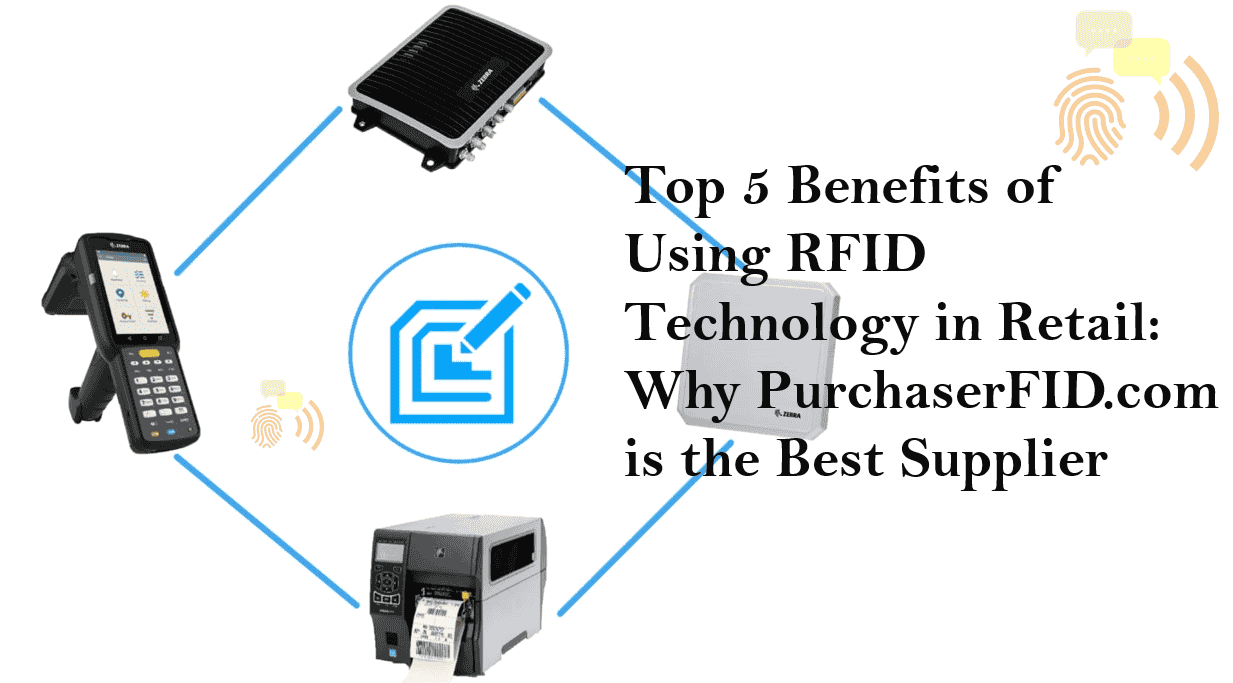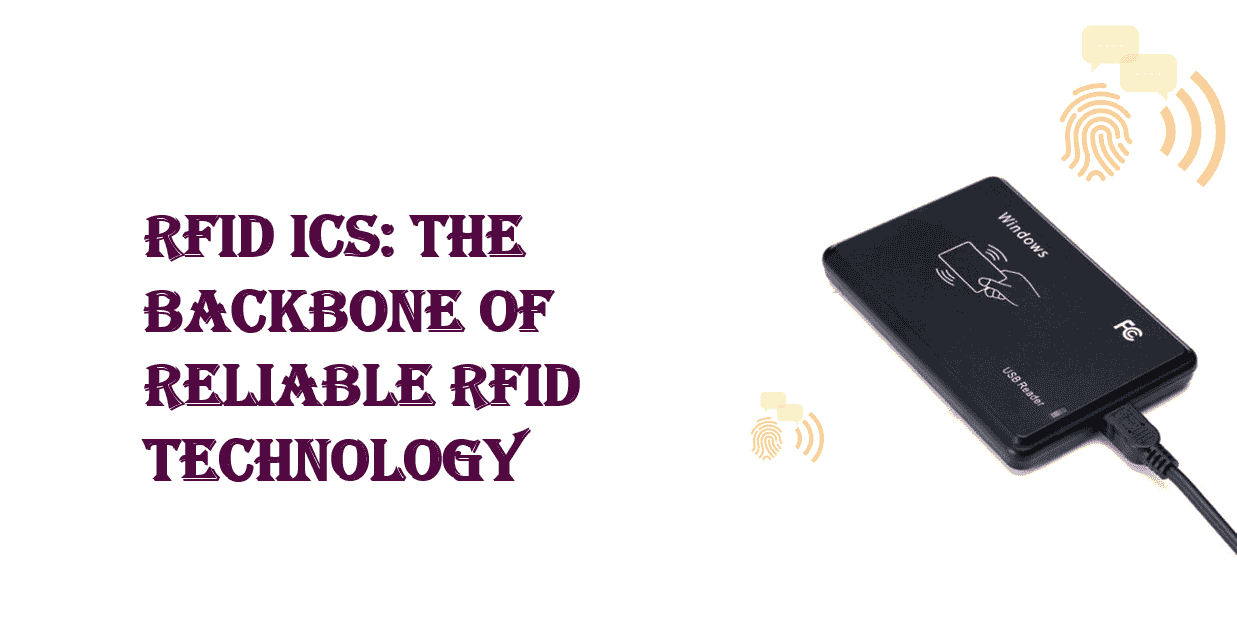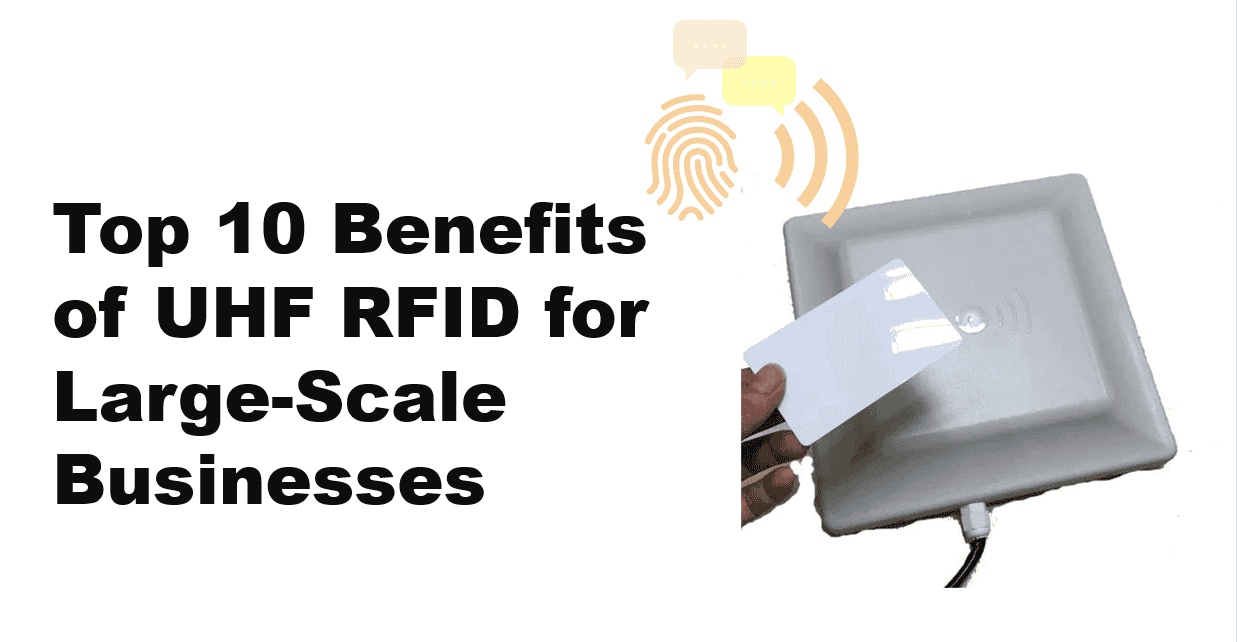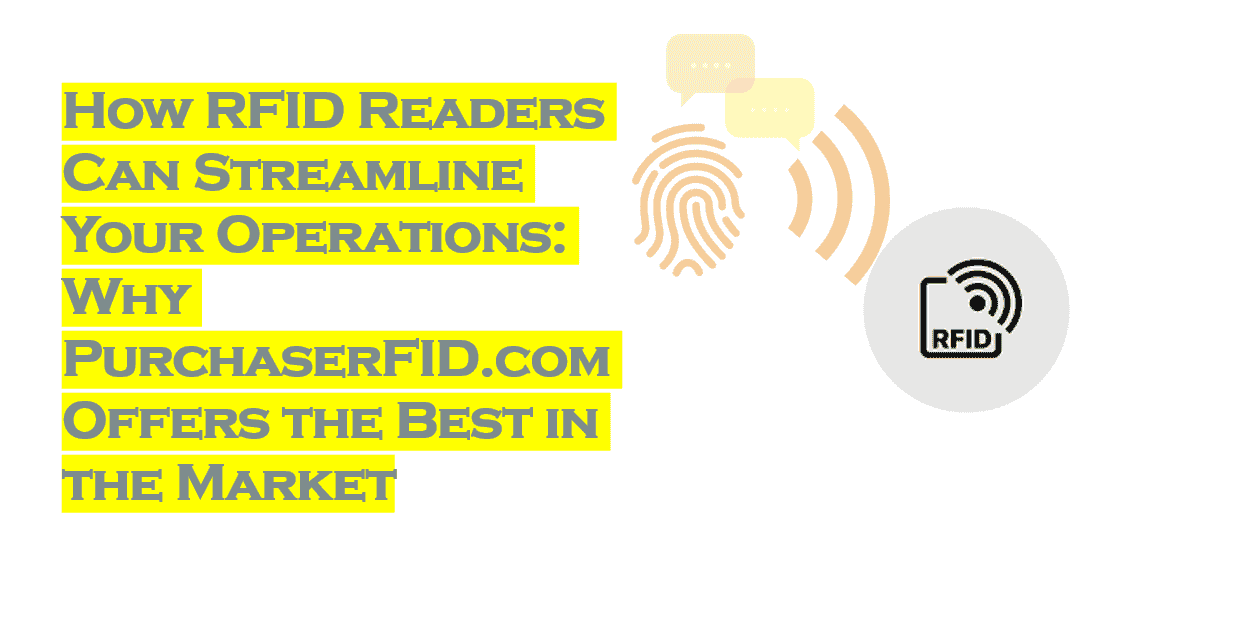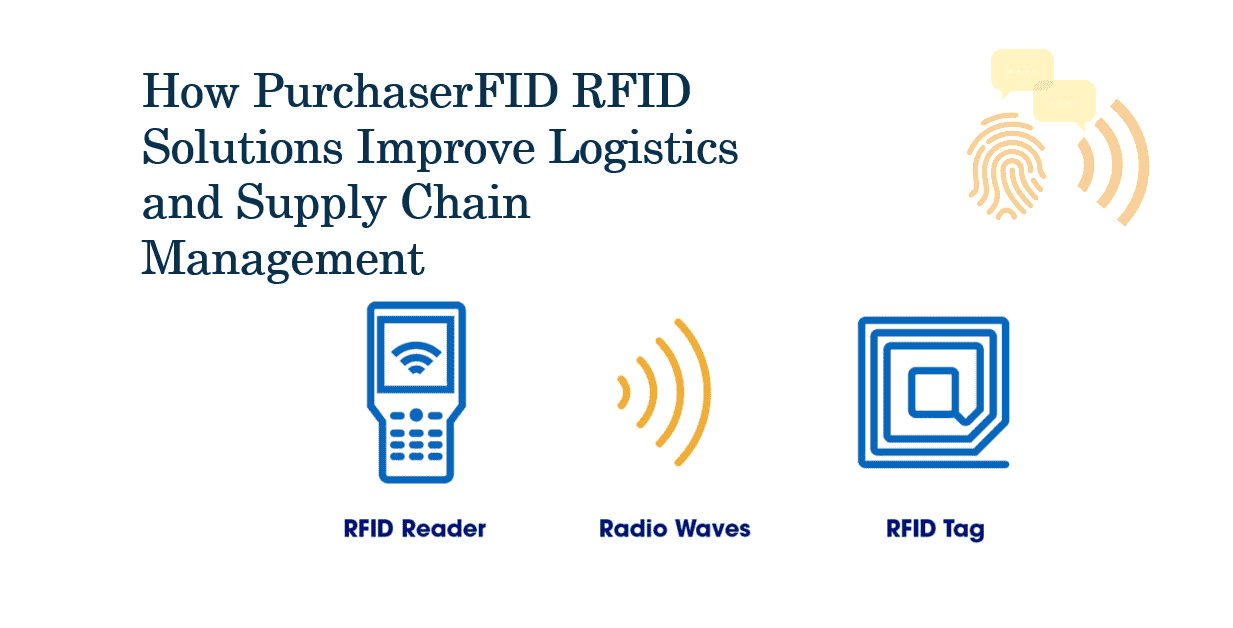Understanding RFID Frequency Bands- Why PurchaserFID Provides RFID Solutions Across All Frequencies
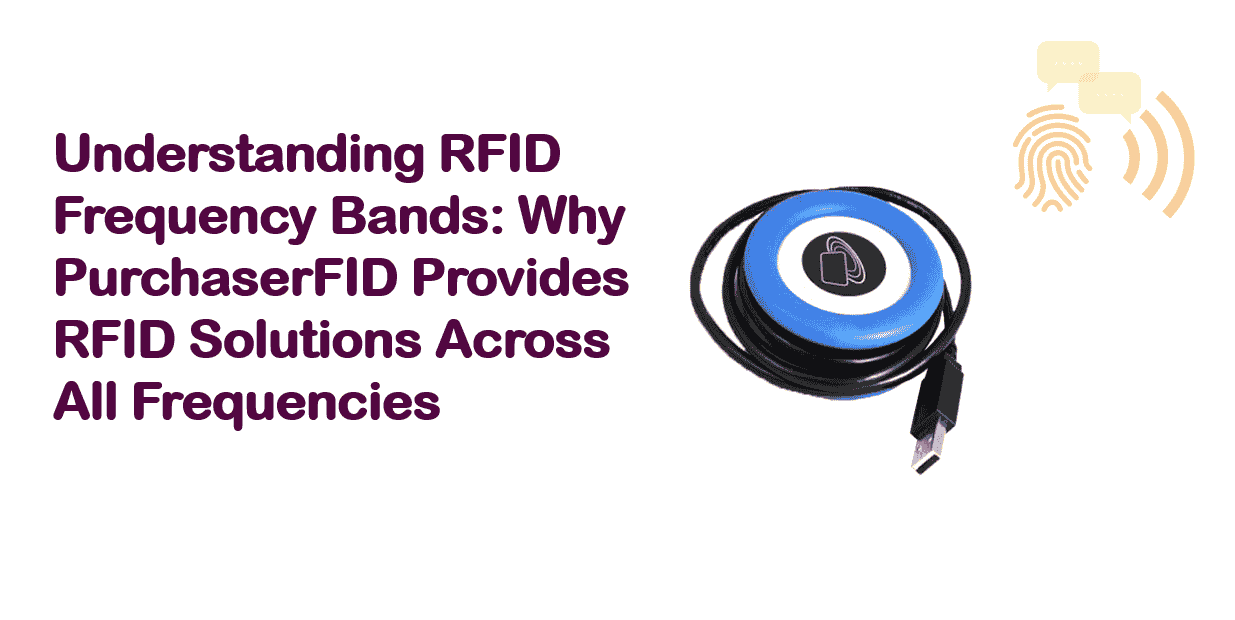
Understanding RFID Frequency Bands: Why PurchaserFID Provides RFID Solutions Across All Frequencies
In the world of supply chain management, inventory tracking, and asset management, Radio Frequency Identification (RFID) technology has become a game-changer. RFID provides seamless, automated data collection and tracking by using radio waves to transfer information between a tag and a reader. One key aspect of RFID technology is its use of frequency bands, which significantly influence its range, speed, and application. PurchaserFID stands at the forefront of this technology, offering RFID solutions that support all frequency bands – Low Frequency (LF), High Frequency (HF), and Ultra High Frequency (UHF) – making it a versatile choice for businesses across various industries.
Table of Contents
- Introduction
- What Are RFID Frequency Bands?
- The Importance of Choosing the Right RFID Frequency
- Why PurchaserFID Provides RFID Solutions Across All Frequencies
- Conclusion
What Are RFID Frequency Bands?
RFID systems operate across different frequency bands. These frequencies determine how RFID tags and readers communicate with each other, affecting factors like range, data transfer rate, and performance in different environments. The three primary frequency bands used in RFID are:
- Low Frequency (LF): Operating between 30 kHz and 300 kHz, LF RFID typically works at 125 kHz and is ideal for short-range communication.
- High Frequency (HF): Operating between 3 MHz and 30 MHz, HF RFID works primarily at 13.56 MHz. It offers a balance between range and speed and is commonly used in applications like access control and contactless payment.
- Ultra High Frequency (UHF): Operating between 300 MHz and 3 GHz, UHF RFID typically works in the 860 MHz to 960 MHz range. It offers longer read ranges and higher data transfer rates, making it the most suitable for logistics, supply chain, and large-scale asset tracking.
The Importance of Choosing the Right RFID Frequency
The performance of an RFID system is significantly influenced by the frequency band in which it operates. Different frequencies have distinct advantages and limitations. Let’s break down each frequency band:
Low Frequency (LF) RFID
- Range and Speed: LF RFID systems have short read ranges, typically between 1 to 10 cm. However, they provide slower data transfer rates.
- Applications: LF RFID is highly reliable in environments with metals or liquids, where higher frequencies tend to struggle. It is commonly used in animal tracking, access control, and industrial equipment.
- Advantages: LF RFID tags are less affected by interference from materials like water or metal, making them a robust option for specific applications.
High Frequency (HF) RFID
- Range and Speed: HF RFID offers a read range of up to 1 meter and provides faster data transfer rates than LF.
- Applications: Commonly used in library systems, ticketing, and payment systems, HF RFID is ideal for applications that require moderate range and reliable performance.
- Advantages: HF tags are known for their high security and reliability, making them suitable for applications requiring secure transactions or precise identification.
Ultra High Frequency (UHF) RFID
- Range and Speed: UHF RFID systems provide long read ranges, typically up to 12 meters or more, and boast fast data transfer rates, making them suitable for large-scale applications.
- Applications: UHF is used extensively in logistics, asset tracking, warehouse management, and retail. Its long range and speed make it the preferred choice for supply chain management and inventory control.
- Advantages: UHF RFID provides the best performance for large-scale applications where efficiency, speed, and range are critical.
Why PurchaserFID Provides RFID Solutions Across All Frequencies
PurchaserFID is committed to offering comprehensive RFID solutions that cater to the unique needs of businesses across various sectors. By providing hardware that supports all RFID frequencies, PurchaserFID ensures that its clients can choose the most appropriate technology for their specific applications. Here’s why supporting all frequencies matters:
Versatility for Diverse Applications
Businesses today operate in highly diverse environments, from warehouses with extensive inventories to hospitals managing sensitive medical equipment. PurchaserFID’s ability to provide RFID solutions that work across LF, HF, and UHF bands ensures that their customers can implement the technology best suited to their operations. Whether it’s a short-range, high-security access control system, or a large-scale inventory management solution, PurchaserFID has a product to match the needs of every application.
High-Quality Hardware Across All Frequencies
PurchaserFID provides robust and reliable RFID hardware that supports a wide range of frequencies. This includes:
- LF RFID Readers and Tags: Perfect for applications requiring short-range and high interference resistance, such as animal identification and access control.
- HF RFID Systems: Ideal for medium-range applications that demand high data integrity, like library systems, retail, and contactless payment.
- UHF RFID Solutions: Designed for long-range and high-speed applications like inventory tracking, logistics, and asset management. UHF RFID is optimized for environments where efficiency and scalability are key.
By offering products that work across all RFID frequency bands, PurchaserFID helps businesses streamline their operations, improve efficiency, and enhance tracking accuracy, no matter the application.
Customization for Specific Needs
Every industry has its unique requirements when it comes to RFID implementation. For instance, the logistics sector might prioritize long-range UHF systems, while a healthcare facility might require LF RFID tags for secure, close-range tracking of sensitive equipment. PurchaserFID’s range of RFID solutions can be customized to meet the specific needs of each client. This flexibility allows businesses to scale RFID technology as their operations grow, ensuring that they can continue to rely on a single supplier for all their RFID needs.
Future-Proofing Investments
With RFID technology rapidly evolving, it’s essential for businesses to invest in systems that will remain compatible with future advancements. PurchaserFID’s commitment to offering RFID solutions across LF, HF, and UHF frequencies ensures that clients are well-equipped to take advantage of emerging technologies, including those that support newer frequency bands and advanced features. This future-proofing ensures that businesses will continue to get value from their RFID investment for years to come.
Conclusion
Understanding RFID frequency bands is crucial for selecting the right system for your business. PurchaserFID provides a full spectrum of RFID solutions across LF, HF, and UHF frequencies, making it the ideal partner for businesses looking to leverage RFID technology for a wide range of applications. Whether you need short-range, high-security RFID solutions or long-range, high-speed systems for logistics and asset tracking, PurchaserFID has the expertise and hardware to meet your needs. With their versatile offerings, you can confidently deploy RFID technology that fits your specific requirements, while ensuring efficiency and scalability in the long run.a
Related Products
1. Global RFID Market Growth:
- The global RFID market is projected to grow from $14.23 billion in 2020 to $27.28 billion by 2026, at a CAGR of 11.47% during the forecast period (2021-2026). This reflects the increasing adoption of RFID technology across various industries, including retail, healthcare, logistics, and manufacturing. (Source: MarketsandMarkets)
2. RFID Adoption in Retail:
- 85% of retail businesses are expected to adopt RFID for inventory management by 2026. RFID enables real-time inventory tracking, reducing stockouts and improving shelf availability, which directly impacts customer satisfaction and sales. (Source: Zebra Technologies)
3. Impact on Supply Chain Efficiency:
- In a study by Gartner, RFID adoption in supply chains resulted in a 15-30% reduction in operational costs, highlighting RFID's potential to streamline inventory management, reduce theft, and improve overall supply chain efficiency.
4. RFID Tagging in Asset Management:
- According to Aberdeen Group, companies using RFID for asset tracking report up to 30% reduction in asset losses and 50% improvement in asset utilization. These improvements make RFID a valuable technology for industries such as healthcare, manufacturing, and construction.
5. RFID Tag and Reader Range:
- LF RFID typically provides a range of up to 10 cm, HF RFID offers a range of up to 1 meter, and UHF RFID can reach up to 12 meters or more depending on the environment and type of tag used. These ranges are key to selecting the appropriate frequency based on the application.
6. RFID in Healthcare:
- RFID technology is gaining significant traction in healthcare, with 30% of healthcare organizations globally using RFID for asset tracking, patient identification, and medication management to improve safety, efficiency, and patient care. (Source: Healthcare Technology Report)
7. Environmental Benefits of RFID:
- RFID technology helps reduce paper usage by providing a digital alternative for tracking and inventory management. For example, companies that have implemented RFID to replace manual barcoding systems have seen up to 50% reduction in paper consumption for asset tracking. (Source: RFID Journal)
8. RFID’s Role in Smart Cities:
- RFID is being used in smart city applications, including public transportation systems, smart parking, and waste management. By 2025, the use of RFID in smart cities is expected to reach a $5 billion market size, offering opportunities for improving urban efficiency and sustainability. (Source: Grand View Research)
9. RFID Impact on Retail Inventory Accuracy:
- Retailers using RFID for inventory management report an inventory accuracy rate of 95% or higher, compared to 63% without RFID. This increased accuracy enables better stock control and reduces the chance of stockouts or overstocking. (Source: Retail Systems Research)

